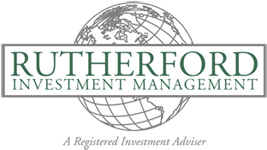OP-ED: I Came To A Fork In The Road, So I Took It
Published April 8, 2022

On the one hand, there is a war in Europe that is roiling stock markets everywhere.
On the other, we have inflation leading the Federal Reserve to raise interest rates.
The war
Vladimir Putin’s declaration of war on Ukraine not only caused specific damage but also upset markets across the globe. In creating chaos in financial markets and on the ground, the war is threatening to undo the global connections created since World War II. Mutual defense pacts and commercial agreements have been tested.
As of this writing, it is not clear if the war will become a global conflict. Spread could happen if the U.S. or other NATO members and Russia come into direct conflict.
Ukraine would like the U.S. to take a more active role in the conflict, but the U.S. has so far been reluctant to escalate the situation. China remains a wild card.
At this moment, China and Russia appear to be friends. That could change. They have had border conflicts in the past. Furthermore, the price of friendship with Putin’s pariah state could be higher than the Chinese want to pay. However, China aspires to be the global leader, upending the role the U.S. has enjoyed since World War II. So, if the Chinese see an opening to further their ambition, they might take it. The U.S has made it clear that it wants China to stay out of the fray. The U.S. is not as persuasive as it once was.
If the war does spread, we can expect it to become a long and protracted struggle. Can Ukraine survive in such a […]
